15 Ways to Squeeze the Most Out of Your Retirement Accounts

15 Ways to Squeeze the Most Out of Your Retirement Accounts
Your retirement security depends on the size of your investment accounts
If you want to retire without facing a life of financial hardship, you're going to need money saved.
Social Security replaces just 40% of pre-retirement earnings and isn't nearly enough to live on. And pension benefits aren't common. As a result, you'll need investment accounts to provide essential income to cover the basics.
The good news is, by employing these 15 techniques, you can squeeze the most out of your retirement accounts and provide yourself with the security you deserve in your later years.
5 Stocks Under $49
Presented by Motley Fool Stock Advisor
We hear it over and over from investors, "I wish I had bought Amazon or Netflix when they were first recommended by The Motley Fool. I’d be sitting on a gold mine!" It's true, but we think these 5 other stocks are screaming buys. And you can buy them now for less than $49 a share! Click here to learn how you can grab a copy of "5 Growth Stocks Under $49" for FREE for a limited time only.
Previous
Next
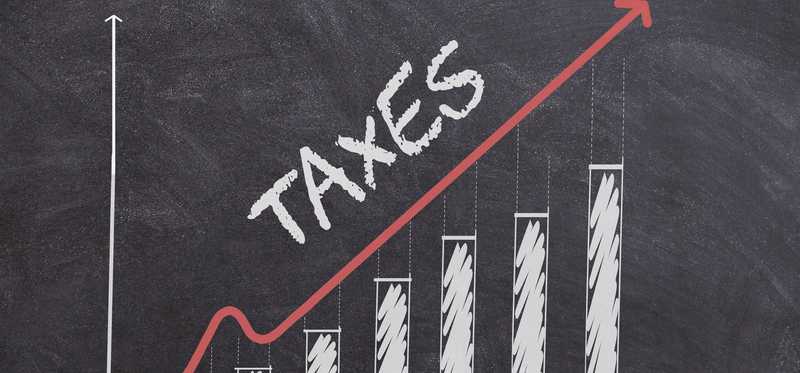
1. Consider your current and future tax situation
There are several different kinds of retirement accounts that provide tax breaks.
Some, such as traditional 401(k) and IRA plans, offer those tax breaks up front in the year you make the contribution. But they provide no savings later, as you pay tax on withdrawals during retirement at your ordinary tax rate. These accounts can offer more savings if you expect your tax rate to fall as a retiree.
Others, such as a Roth 401(k) or Roth IRA, defer the tax break. You don't claim a deduction when you invest in these accounts. But as a retiree, withdrawals are tax free. This means if your rate is higher then, your savings would be greater.
Think about your current tax rate, the income you expect to have as a senior, and current rates compared with historical rates to decide which type of account could save you the most on your IRS bill.
Previous
Next

2. Understand your goals for your retirement accounts
It's important to think about how you plan to use your retirement savings.
If you hope to take money out to cover healthcare costs, for example, then you may want to invest in a health savings account (HSA) if you're eligible.
HSAs allow pre-tax contributions. And, if money is taken out to cover medical care, they also provide for tax-free withdrawals. This can provide a better tax break than either traditional or Roth 401(k) and IRA accounts -- if you'll be using the money for medical services.
Previous
Next

3. Aim to contribute the maximum allowed to tax-advantaged plans
There are annual limits on how much you can contribute to tax-advantaged retirement accounts. Whenever possible, try to invest up to those limits.
For each year that you pass up the chance to put the full amount of allowable money into a tax-advantaged retirement account, the opportunity to get that government assistance is lost forever.
ALSO READ: A Smart Way to Max Out Your 401(k) and Roth IRA in 2022
Previous
Next

4. Take advantage of catch-up contributions
When you reach the age of 50, you become eligible to make catch-up contributions to many of the tax-advantaged retirement accounts on offer.
Catch-up contributions allow you to make larger investments in accounts such as 401(k) and IRA plans.
As you get closer to retirement, it can become more important than ever to get these extra tax breaks to help bulk up your investment account balance.
Previous
Next
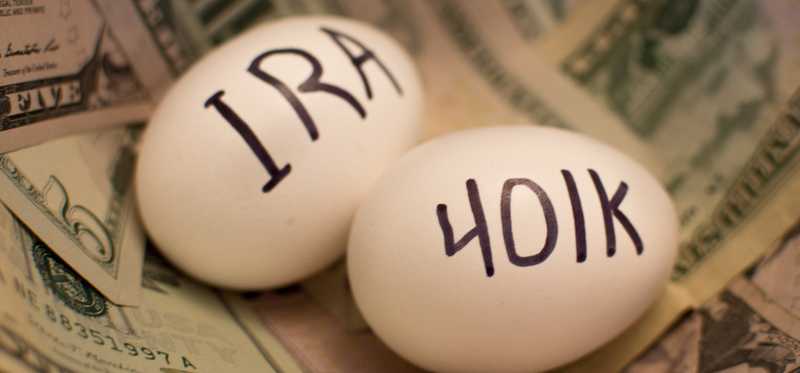
5. Use multiple different account types
Many people opt to pick one retirement plan and stick to it. This could mean investing all your money into a 401(k), for example, or sticking with a traditional IRA over a Roth.
Often, though, you'd be better off spreading your money around different accounts so you can take advantage of the benefits each offers. You could contribute some of your retirement funds to your 401(k), for example, and the rest to a Roth IRA.
Not only would this allow you to hedge your bets if you aren't sure if your tax rate will go up or down, but it also opens up the door to a broader choice of investments. That's because Roth IRAs typically offer the ability to buy assets that 401(k) accounts don't make available.
5 Stocks Under $49
Presented by Motley Fool Stock Advisor
We hear it over and over from investors, "I wish I had bought Amazon or Netflix when they were first recommended by The Motley Fool. I’d be sitting on a gold mine!" It's true, but we think these 5 other stocks are screaming buys. And you can buy them now for less than $49 a share! Click here to learn how you can grab a copy of "5 Growth Stocks Under $49" for FREE for a limited time only.
Previous
Next
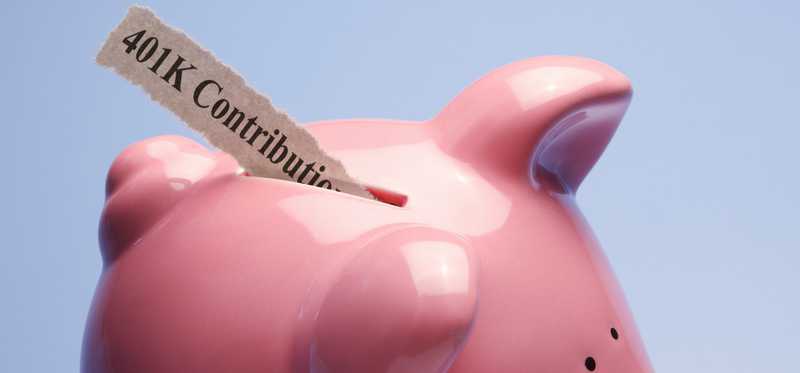
6. Learn the rules for your employer match
If you have a workplace 401(k) plan, you need to know if your employer matches any portion of your contributions. That's because an employer match is a workplace benefit that enables you to maximize retirement savings.
Depending how your workplace plan is set up, your employer may match 100% or 50% of the contributions you make up to a set percentage of your income -- or may have some other rules for matching your contributions. Regardless of the specifics, you are literally getting free money from an employer just for investing in your future.
Any 401(k) matching funds should be claimed each year since this free money can make a huge impact in growing your account balance. So make sure you know how much you need to contribute, and when, to get all the cash your employer is willing to offer.
ALSO READ: How to Get the Most Out of Your 401(k) Company Match
Previous
Next
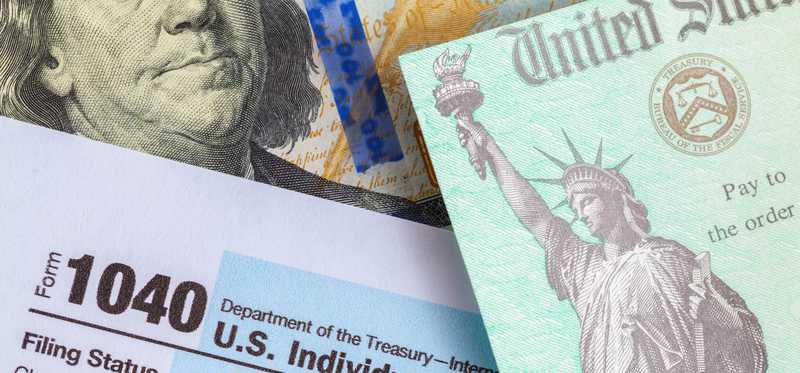
7. Claim all your tax credits for retirement savings
In addition to deductions for contributions to eligible retirement accounts, there are also other opportunities to get Uncle Sam's help with investing for later in life.
You'll want to make sure you don't pass any of these chances up. So you should research tax credits that may help you reduce your IRS bill if you do the responsible thing and invest for retirement.
Specifically, if you're eligible, you should aim to earn the maximum Saver's Credit. This could provide up to $1,000 per person or $2,000 per couple in tax breaks for retirement investing for lower- and middle-income Americans.
Previous
Next

8. Research your investment options carefully
There are two big factors that affect your retirement account balance: the amount you invest and the returns you earn. If you're trying to squeeze the most money out of your retirement plans, you'll want to try to boost both.
The best way to maximize your returns is to research investment options carefully. You'll want to buy into assets you trust will go up over the long term. And you will want a mix of both safer investments likely to produce lower returns along with riskier ones that could make you more money.
Previous
Next

9. Consider rolling over old workplace accounts
If you're leaving a job where you had a workplace retirement plan, you may be better off rolling it over into an IRA with a brokerage firm of your choosing rather than leaving the money invested where it is.
A rollover allows you to move money penalty free from your 401(k) into an IRA that provides comparable tax breaks to your workplace plan. But by rolling the money over, you can put the cash into an account with a brokerage firm of your choosing, where you may have access to more investment options than your 401(k) offered.
You can also eliminate the risk of forgetting old plans. And if you consolidate all your retirement accounts with one broker, assessing your overall investment portfolio will be easier.
Previous
Next
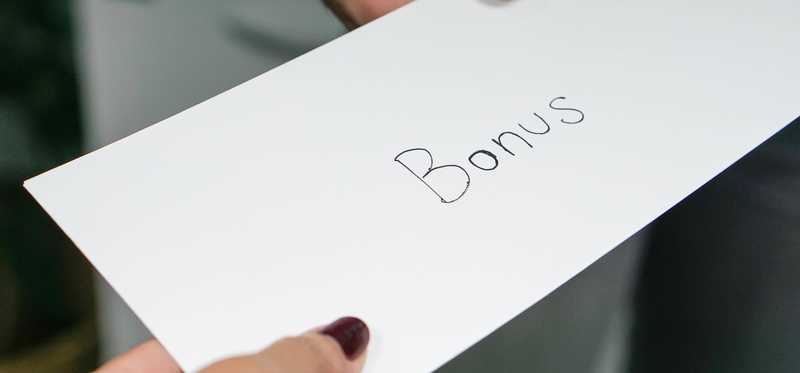
10. Claim broker bonuses
If you're going to be doing a rollover with a large account or if you plan to invest a lot of money for retirement at one time, you should look into which brokerage firms have a bonus offer.
Many brokers offer you money to move your accounts to their firm -- sometimes as much as several hundred dollars. There's little reason to pass up this free cash if you plan to move your account anyway.
5 Stocks Under $49
Presented by Motley Fool Stock Advisor
We hear it over and over from investors, "I wish I had bought Amazon or Netflix when they were first recommended by The Motley Fool. I’d be sitting on a gold mine!" It's true, but we think these 5 other stocks are screaming buys. And you can buy them now for less than $49 a share! Click here to learn how you can grab a copy of "5 Growth Stocks Under $49" for FREE for a limited time only.
Previous
Next

11. Diversify your portfolio
If you want to squeeze the most out of your retirement plan, you should build a diversified portfolio so you reduce your risk of loss and maximize potential gains.
Diversification simply means you aren't betting most or all of your money on one particular asset to perform well. You can personally put together a portfolio with multiple different assets or buy an exchange-traded fund that automatically gives you exposure to many different industries and companies, such as an S&P 500 fund.
ALSO READ: Should You Diversify Your Portfolio With Real Estate or Crypto?
Previous
Next

12. Rebalance regularly
You don't want to be invested too conservatively or too aggressively for your age, as either mistake could leave you with a smaller retirement account balance in your senior years.
Over time, though, your portfolio will shift from the mix of assets you picked as some investments outperform others. And your risk tolerance will also change as you get closer to the time you'll have to begin making withdrawals.
This means your investments needs to change periodically as well. You'll want to rebalance your portfolio at least once a year, which usually means selling some assets and buying others to maintain the ideal investment mix.
Previous
Next

13. Watch out for investment account fees
If you want to maximize the amount of money you end up with as a retiree, you can't afford to give away any more of it than necessary.
Unfortunately, if you don't watch your investment fees, you could end up making 401(k) administrators or fund managers richer at your own expense.
To avoid this, be sure you understand all the costs associated with different assets you're buying. And avoid any investments charging high fees unless there's a very solid reason for believing they'll outperform those that don't come with these added expenses.
Previous
Next
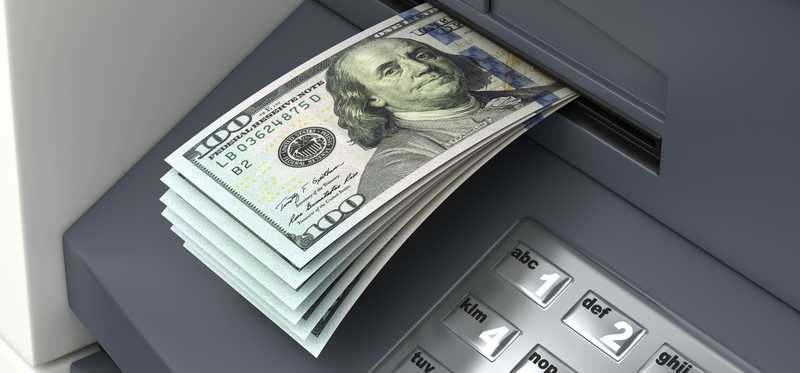
14. Stick with a safe withdrawal rate
Once you reach retirement, your efforts to squeeze the most out of your retirement accounts shouldn't stop.
In this situation, you need to focus on ensuring you've left a large enough account balance that your money can keep working to earn reasonable returns.
To avoid dropping your balance too low too fast, set a safe withdrawal rate. This means deciding in advance how much to take out of your retirement accounts each year and not exceeding the limit.
Previous
Next

15. Carefully consider your retirement location
Finally, you'll need to think about where you want to retire.
Ideally, you'll opt for a place with a low cost of living and with favorable tax rules for retirees so you can make the most of the money that your retirement investment accounts provide.
5 Stocks Under $49
Presented by Motley Fool Stock Advisor
We hear it over and over from investors, "I wish I had bought Amazon or Netflix when they were first recommended by The Motley Fool. I’d be sitting on a gold mine!" It's true, but we think these 5 other stocks are screaming buys. And you can buy them now for less than $49 a share! Click here to learn how you can grab a copy of "5 Growth Stocks Under $49" for FREE for a limited time only.
Previous
Next

You can build a bigger retirement account -- and make the money go further
By taking these 15 steps, you can maximize the amount you end up with in your retirement accounts and ensure your hard-earned money goes as far as possible in your later years.
You deserve to enjoy your retirement without financial worries, and you'll be glad you took these steps when you're able to do just that.
The Motley Fool has a disclosure policy.
Previous
Next
Invest Smarter with The Motley Fool
Join Over Half a Million Premium Members Receiving…
- New Stock Picks Each Month
- Detailed Analysis of Companies
- Model Portfolios
- Live Streaming During Market Hours
- And Much More
READ MORE
HOW THE MOTLEY FOOL CAN HELP YOU
-
Premium Investing Guidance
Market beating stocks from our award-winning service
-
The Daily Upside Newsletter
Investment news and high-quality insights delivered straight to your inbox
-
Get Started Investing
You can do it. Successful investing in just a few steps
-
Win at Retirement
Secrets and strategies for the post-work life you want.
-
Find a Broker
Find the right brokerage account for you.
-
Listen to our Podcasts
Hear our experts take on stocks, the market, and how to invest.
Premium Investing Services
Invest better with The Motley Fool. Get stock recommendations, portfolio guidance, and more from The Motley Fool's premium services.